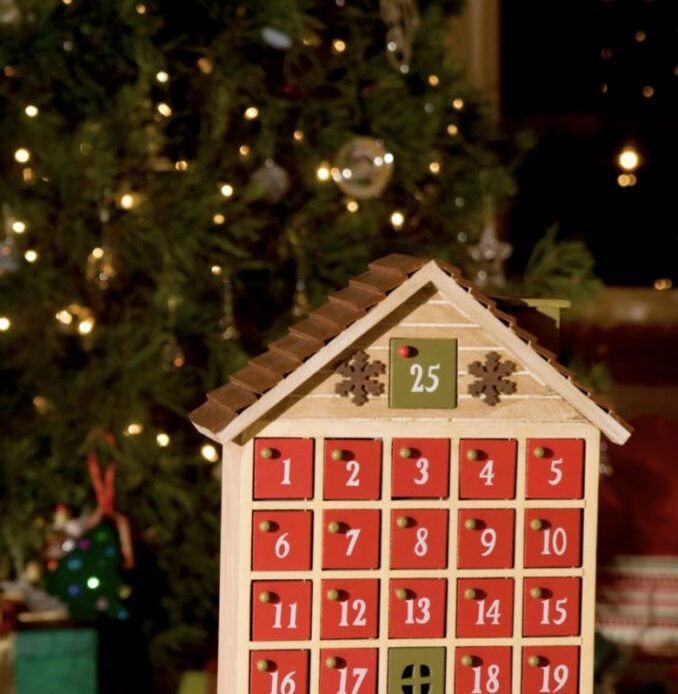[Updated 11/5/22] Christmas has been celebrated as a Christian holiday dating back to A.D. 336. Many of the traditional symbols of Christmas transcend cultures and continents, including Christmas trees, gifts, ornaments, and Santa Claus (who’s known by many names).
The holiday’s widespread popularity supersedes both its religious and pagan origins. Did you know that, while 70% of the planet’s population is not Christian, nearly 80% of the world’s countries observe Christmas traditions in one form or another?
Yet Christmas legends and Christmas traditions around the world vary drastically, with each culture adopting their own customs, their own holiday folklore, and their own Christmas dishes.
This in no way diminishes the religious implications for those who observe the holiday for those reasons.
It’s more a testament to the power of these ancient Christmas customs– evidence that we all want to commune, commemorate, and care for one another.
Each of those traditional Christmas symbols—evergreens, candy canes, wreaths, stockings— has a fascinating history that explains how it worked its way into the hearts of millions of people.
So read on for a deep dive into 30 symbols of Christmas and learn the meaning of traditional Christmas Decorations- such as mistletoe, twinkling Christmas lights, and more!
READ MORE: 90 Christmas Traditions Around the World
Symbols of Christmas Guide
- Advent Calendar
- Advent Candles
- Angel Tree Toppers
- Boughs of Holly
- Christmas Bells
- Christmas Candy Canes
- Christmas Dove
- Christmas Elves
- Christmas Garland
- Christmas Lights
- Christmas Ornaments
- Christmas Pickle
- Red & Green Christmas Colors
- Christmas Tree Tinsel
- Christmas Wreath
- Evergreen Christmas Trees
- Giving Christmas Gifts
- Hanging Christmas Stockings
- Hanging Mistletoe
- Gingerbread
- Poinsettia Plant
- Santa Claus
- Santa’s Reindeer
- Yule Log
- Star Tree Topper
- Christmas Bows
- Christmas Cookies
- Eggnog
- Christmas Cards
- 12 Days of Christmas
1. Advent Calendar
Advent calendars are special calendars used to count down the days until Christmas.
Each day (starting on December 1st and running until the 25th) coincides with a small door that can be opened to reveal a Christmas picture, and sometimes even a piece of chocolate or small candy.
The Advent calendar tradition is of German origin. It dates back to the mid-19th century, when German Protestants made chalk marks on doors or lit candles to count the days leading up to…
Click Here to Read the Full Original Article at Green Global Travel…
